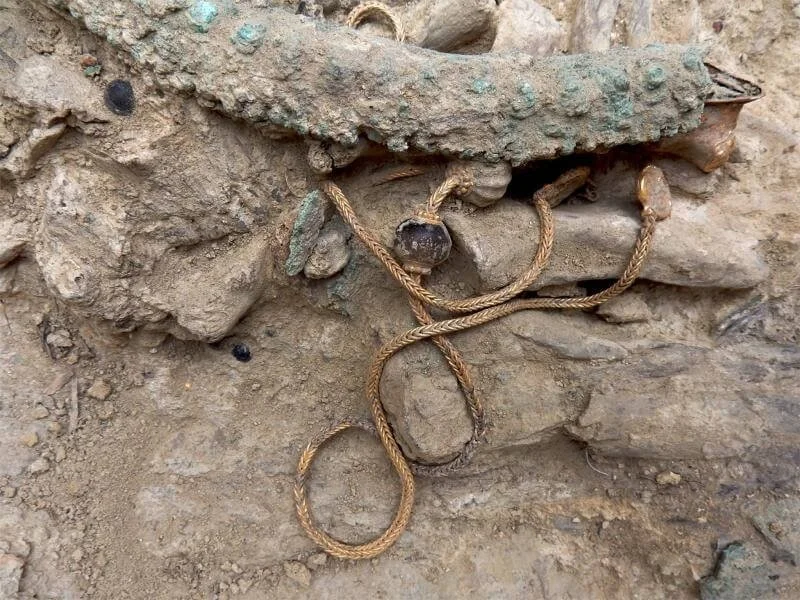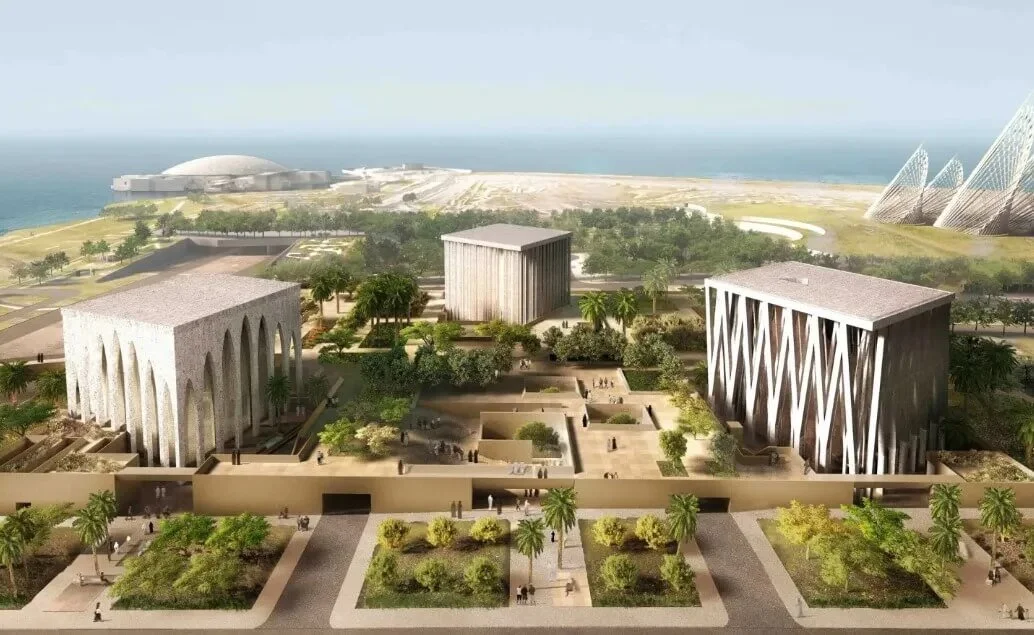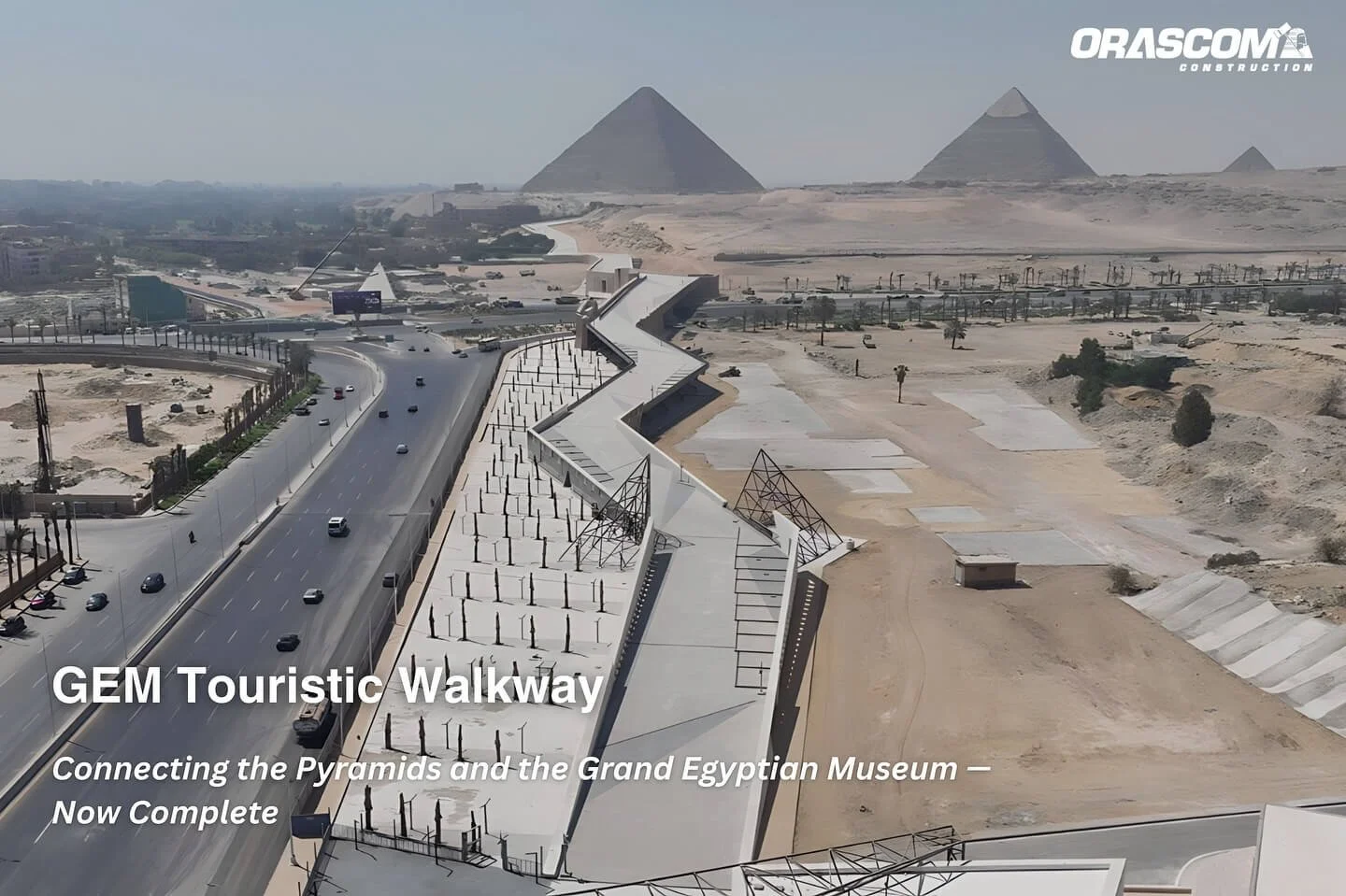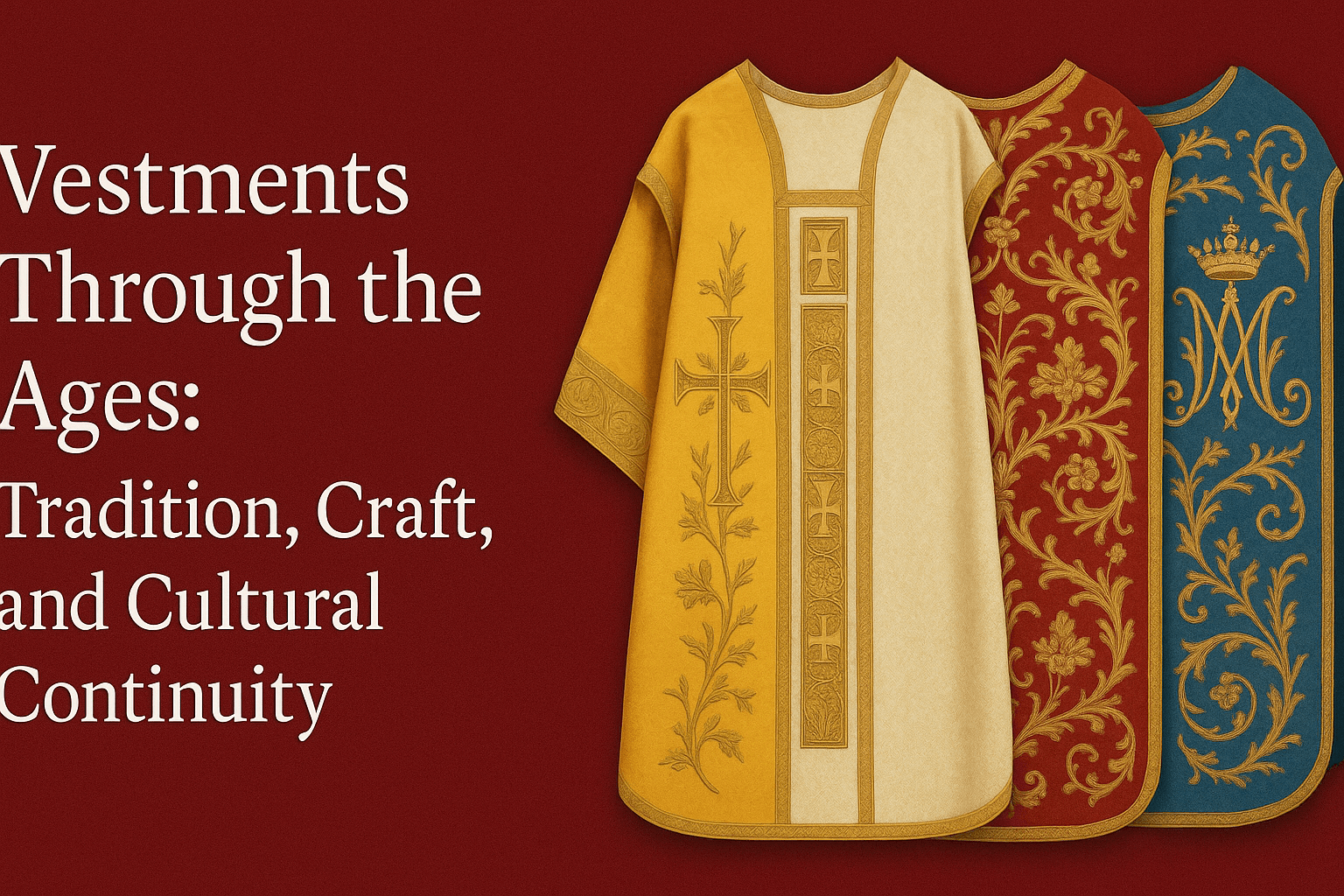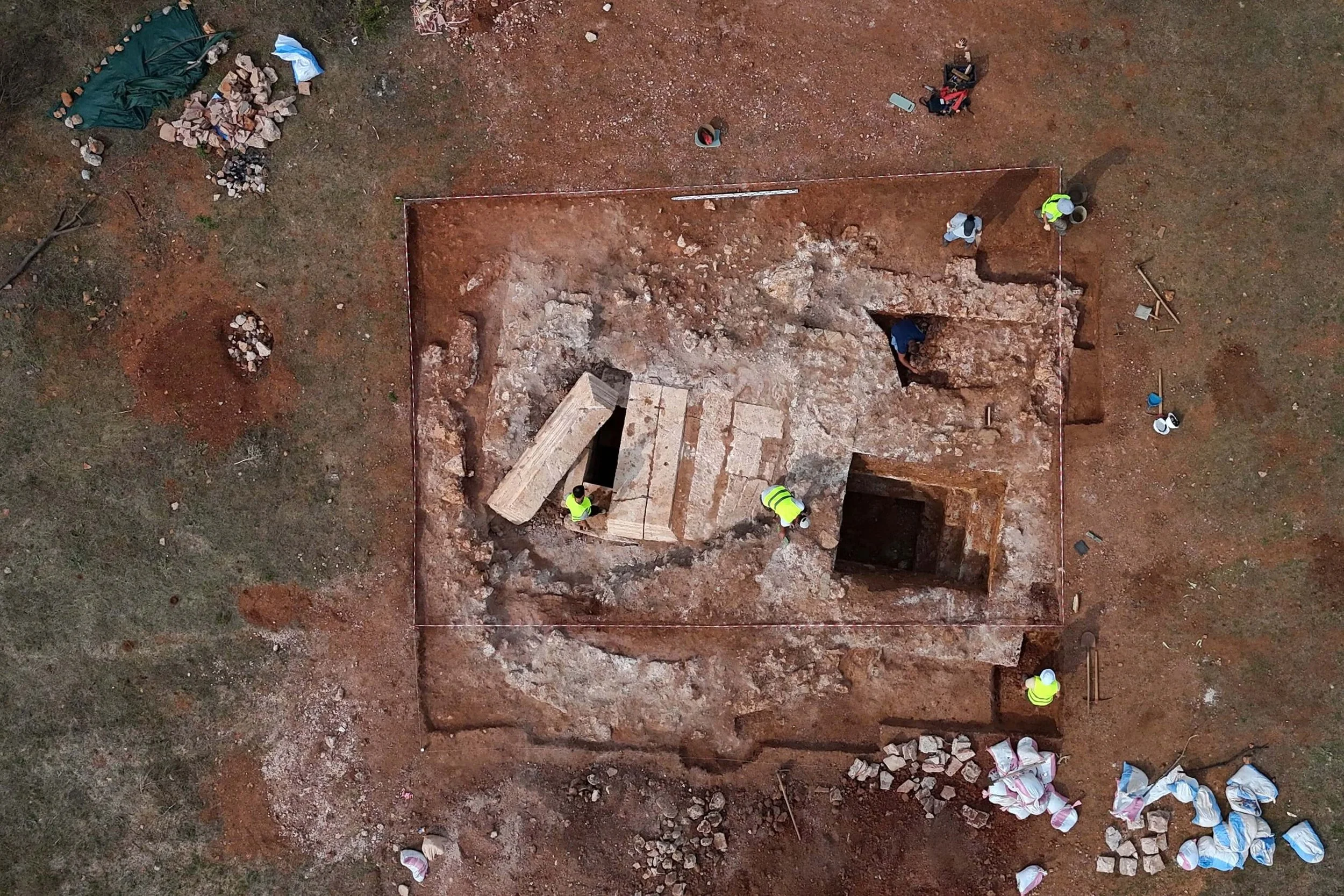A Landmark Discovery in Ancient Egyptian Archaeology
Archaeologists have uncovered the tomb of a previously unknown Egyptian pharaoh who ruled 3,600 years ago during a time of significant political upheaval. This remarkable find, announced by the Egyptian Ministry of Tourism and Antiquities, marks the first royal tomb discovery in over a century.
The tomb, buried seven meters below ground, was unearthed in Abydos, one of ancient Egypt’s most historically significant cities. Located at the Mount Anubis necropolis, the burial site provides fresh insights into the evolution of royal tombs during the enigmatic Abydos Dynasty (1700–1600 BCE).
A Grand Royal Burial Chamber
The tomb consists of a limestone burial chamber, encased in a mudbrick structure that once rose five meters high. Archaeologists also identified faded inscriptions at the entrance:
One depicts the protective goddesses Isis and Nephthys.
Another, in yellow inscription bands, once displayed the pharaoh’s name in hieroglyphs, though it remains too faded to decipher.
Experts noted artistic and inscriptional similarities between this tomb and that of King Senebkay, a known Abydos Dynasty ruler.
A Pharaoh from a Forgotten Dynasty
According to Mohamed Abdel Badie, head of the Egyptian Antiquities Sector, the newly uncovered tomb appears larger than any previously found Abydos Dynasty mausoleums. This suggests that its owner was likely a prominent ruler predating Senebkay.
While the pharaoh’s identity has yet to be confirmed, the discovery reshapes our understanding of the rulers of Upper Egypt during a turbulent historical period marked by fragmented rule and competing dynasties.
Abydos: A City of Pharaohs and Ancient Workshops
Just days before this find, archaeologists also uncovered the royal burial site of Pharaoh Thutmose II—another significant revelation.
Excavations in the Banawit village, north of Abydos, further revealed an extensive pottery workshop dating back to the Roman era.
A Roman-Era Pottery Workshop Turned Cemetery
The workshop, believed to have functioned during the Byzantine era, was later repurposed as a cemetery between the 7th and 14th centuries CE.
Researchers found large kilns, storage areas for pottery, and 32 ostraca (pottery shards) inscribed with Demotic and Greek scripts, detailing ancient trade records and tax payments.
Burials at Banawit
Several mudbrick tombs contained skeletons and mummies, likely belonging to family groups.
One particularly striking burial included a child’s mummy wearing a colorful fabric cap.
Another tomb held the skull of a woman in her 30s, alongside remains of wheat, doum palm seeds, and barley, offering clues into ancient diets and burial customs.
A Groundbreaking Year for Egyptian Archaeology
With multiple discoveries emerging from Abydos, including lost pharaohs and ancient industries, Egypt’s rich history continues to reveal its secrets. As archaeologists conduct further research and analysis, these finds will deepen our understanding of forgotten rulers, trade networks, and daily life in ancient Egypt.































